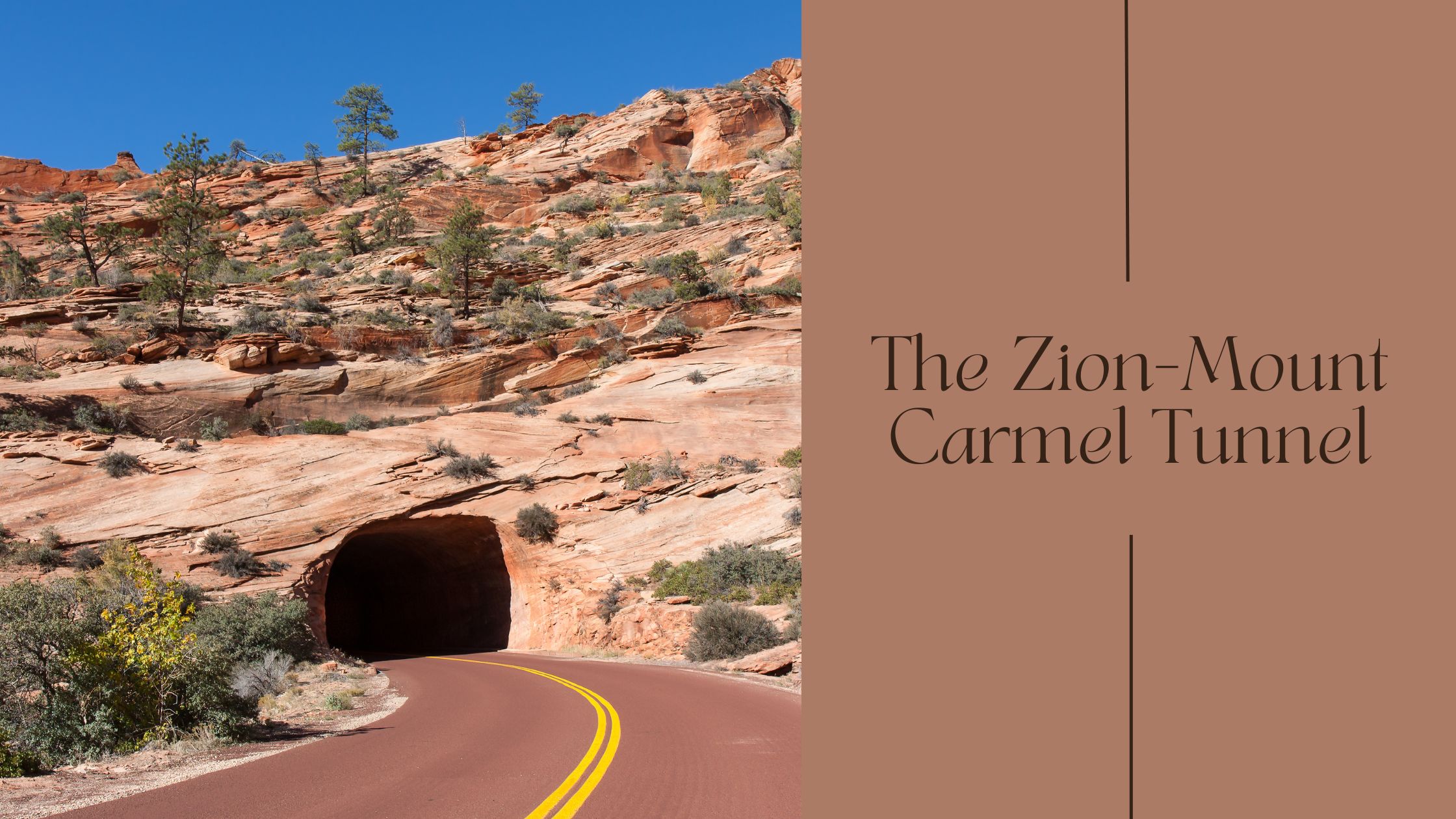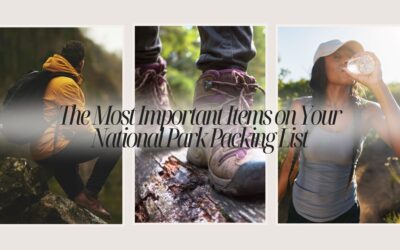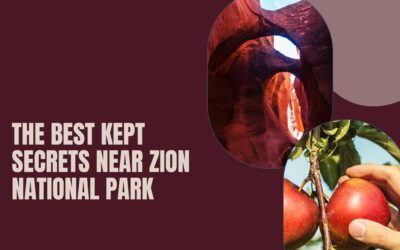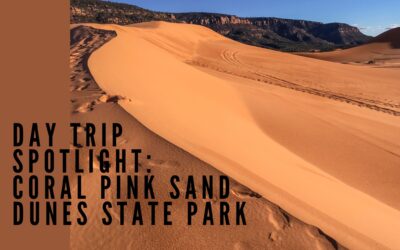There’s a lot to see while camping near Zion. The park is best known for a few famous features.
There’s the historic Zion Lodge. Here, day guests can grab a bite to eat or pick up souvenirs in the store. There’s the picturesque Riverside Walk. This paved trail winds through the end of the narrowing canyon, with the tree-lined path getting closer and closer to the steep red rock cliffs on either side. Of course, there’s Angels Landing. This famous trail is so popular that a new permit system had to be implemented in 2022.
But one of the park’s most unique features is one that some visitors never give a second thought to. This is despite passing it—or rather, passing through it—several times during their visit. That feature is the Zion-Mount Carmel Tunnel.
This historic tunnel was once an engineering marvel, and decades after its creation continues to service thousands of daily guests through the park. If you’re planning a stay at Zion Wildflower Resort, we recommend taking some time to appreciate this incredible feature. Keep reading to learn more about the history of the tunnel, and a few things you should know about using it during your visit.
History of the Zion-Mount Carmel Tunnel
Zion National Park was established in 1919, a decade after the land was first designated as Mukuntuweap National Monument. It’s not surprising that it looked very different than it does today.
Springdale was barely a blip on the map. Park facilities like the Zion Lodge, the Zion Canyon Visitor Center, or even marked trailheads were still decades away from existing. Even the roads through the park were primitive.
Traveling between Zion’s Upper and Lower Canyons was a lengthy, difficult feat. With few established roads, there was no option for getting to the Upper Canyon from within the Lower Canyon. This also means that traveling between Zion National Park, Bryce Canyon National Park, and the Grand Canyon was a lengthy ordeal.
This changed when Zion National Park was designated. The National Park Service formed an alliance with the Union Pacific Railroad and the state of Utah. Their goal was to begin promoting a “Grand Loop” through Zion, Bryce Canyon, and the North Rim of the Grand Canyon. The loop would be a ten-day trip that travelers could book. They would use the railroad and newly established roads to travel between the three parks.
To create the Grand Loop, 25 miles of new road, called the Zion-Mount Carmel Highway, was built. This road needed to pass through the heart of Zion Canyon. But with the steep cliffs of the park, this was easier said than done. This is what led to the creation of the tunnel.
An Engineering Marvel
Throughout the 1920s, planning began to build the Zion-Mount Carmel Highway and Tunnel. The tunnel was to stretch over a mile through solid rock. To get cars to the tunnel, a set of switchbacks had to be carved into the rock. These would take the road from the canyon floor up to the side of the sandstone cliffs.
Crews began working on both sides of the road, working from the canyon floor up, and from Mount Carmel Junction working east towards the canyon.
But the most challenging element was building the tunnel. The Nevada Contracting Company blasted windows through the rock to provide light and air to the inside of the tunnel. These also allowed them to push the rock out of the tunnel as they dug their way through the canyon wall. They used a variety of techniques, including drilling and blasting. Collapses were not uncommon, and work in the tunnel was dangerous.
Two years and ten months after work began, the tunnel and the highway were completed. At the time of its completion, in 1930, the Zion-Mt. Carmel Tunnel was the longest in the world. Today, both the highway and tunnel are listed in the National Register of Historic Places. They are also a Historic Civil Engineering Landmark by the American Society of Civil Engineers.
Navigating the Zion-Mt Carmel Tunnel
Given the difficulty of digging a tunnel through solid rock and the time period in which the tunnel was built, it’s no surprise that this narrow, winding tunnel can be difficult for modern oversized vehicles to navigate. For that reason, vehicles over a certain size, such as RVs, vehicles towing a trailer, and buses, have to pass through the tunnel when traffic traveling in the opposite direction is stopped. This allows larger vehicles to cross over the center line and safely pass through the tunnel.
The tunnel can only be closed for one-way traffic when park rangers are posted at both ends of the tunnel. In the summer months when more visitors are making their way to the park, rangers are posted for longer hours each day. But during the Secret Season, large vehicles can only pass through the Zion-Mount Carmel Tunnel between the hours of 8 a.m. and 4:30 p.m.
If you’re traveling in a standard passenger vehicle while camping near Zion, you won’t have to worry about these hours. The tunnel is open to regular traffic 24 hours a day, 7 days a week, 365 days a year! But if you’ll be bringing a larger vehicle for your stay in Angels Landing hotels, it’s important to know about these restrictions. And no matter what type of vehicle you’re driving, remember to be patient while waiting for your turn to enter the tunnel.
Camping Near Zion in 2024
If you’re planning on camping near Zion in 2024, don’t forget to take some time to appreciate the engineering and historic marvel that is the Zion-Mt. Carmel Tunnel. Even today, it’s an impressive feat. It can be a fun ride, especially for first-time visitors.
When the shuttles are in operation, personal vehicle travel into the Lower Canyon is prohibited. But you’ll be able to drive your car through the tunnel no matter what time of year you plan to visit Zion Wildflower Resort.
Ready to start planning your next stay at our luxury camp in Zion? Check out our Zion park cabins and glamping tents today to start planning your visit!








